Value and volume of M&A transactions
The value of private equity-backed takeovers on AIM has risen to £5 billion in the past year, representing 62% of M&A transactions by value, based on figures from UHY Hacker Young. Despite this, only seven out of 27 AIM M&A deals were from private equity groups and totaled £7.8 billion invested in takeovers on the junior stock market. This kind of surge in private equity deals shows how appealing the market is for growth companies, and the number of companies listed on AIM dropped from 685 to 669 over the past year.
The value of such deals suggests that private equity players find AIM-listed companies to be sound investment propositions, despite the shrinking size of the market. The trend suggests a strong appetite for high-quality, growth-oriented companies, which can be employed for strategic acquisitions and value enhancement.
Market performance and vulnerability
Over the past six months, AIM 100 has strongly lagged behind the blue-chip main market index, declining by 6% when FTSE 100 rose by 5%. This has made AIM-listed businesses vulnerable to takeover offers due to their low valuations. The most prominent takeovers include wealth manager Mattioli Woods’s £432 million acquisition by Pollen Street Capital and Smart Metering Systems’s £1.3 billion acquisition by KKR.
The substantial value of such transactions says much about the attraction of AIM-listed businesses to private equity buyers, who are seeing them as good bets in the market in spite of its weak state. The underperformance of the AIM 100 says much about the necessity for companies to improve their financial and operating performance to remain competitive and gain investors’ attraction.

New listings and market liquidity
The deficit in takeover AIM businesses and incoming businesses via IPOs is closing. Two new businesses went public on the junior stock market last week, with two more stating they will float. Colin Wright, the group chair and partner at UHY Hacker Young, commented, “The private equity houses’ and corporates’ interest in AIM companies is a sign that the market is functioning well as a ‘shop window’ for growing companies. But problems can develop if they are not replenished by new listings and some of the liquidity is drained out of the market.”
The stream of new listings is a welcome indication, but the long-term health of the market relies on an ongoing supply of new firms to serve as replacements for those being acquired. The comments of Colin Wright help to highlight the need for liquidity and the risks if the market is unable to support new listings. The premium level of M&A transactions, especially those structured by private equity, indicates that the market is functioning efficiently as a mechanism for growth companies to expand, but the balance must be struck to realize long-term stability and health.
Analysis
The premium value attached to private equity acquisitions on AIM is a reflection of the market’s role in introducing high-quality, growing companies. While the AIM 100 has lagged behind, the injection of private equity interest suggests that these firms are still seen as good investment opportunities. The gap between takeovers and fresh listings is narrowing, a welcome sign, but the health of the market depends on the continuous supply of new firms to replace the acquired ones. Colin Wright’s comments bring out the necessity of maintaining liquidity and the risk if the market cannot attract new listings. The enormous scale of M&A deals, particularly those facilitated by private equity, implies that the market is adequately efficient as a mechanism for expanding businesses but that equilibrium needs to be maintained such that the long-run stability and soundness of the market are assured.


